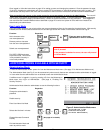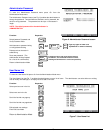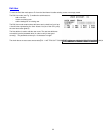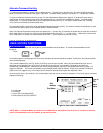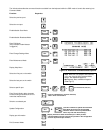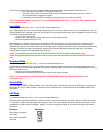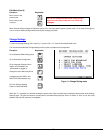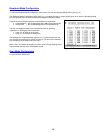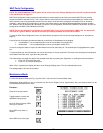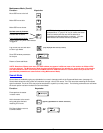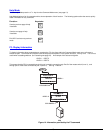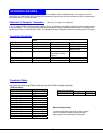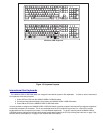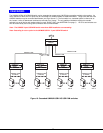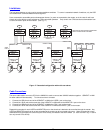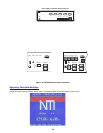
17
MAC Ports Configuration
NOTE: The CONFIGURE MAC PORTS option will be in blue text in the Change Settings menu and will only be accessible
if the administrator is logged in.
MAC Ports Configuration menu enables the administrator to select specific ports to be connected to MAC CPUs for passing
mouse information to the MAC CPUs. This is useful when the user wants to use mouse drivers provided by the mouse vendor,
which allows the use of programmable functions for each button. Ports should be configured at installation time or whenever
necessary. After setting, the configuration is stored in non-volatile memory and will be retrieved whenever the switch is power
ON. When the port is connected to a Windows or SUN CPU, this configuration SHOULD BE DISABLED. By default, all ports are
configured as non-MAC CPUs (Windows and SUN).
NOTE: If a port is configured as connected to a non-MAC CPU, but is in fact connected to a MAC CPU, the mouse will
still work as a generic mouse. No special functions provided by software drivers will be available.
To enter the MAC Ports Configuration menu, the administrator must press <M> from the Change Settings menu, described on
page 15.
A check list with all the ports numbers preceded by a check-box will be displayed in the window.
• unchecked box = the corresponding port is set as connected to a non-MAC CPU
• checked box = the corresponding port is set as connected to a MAC CPU
In order to change the status of a port, the administrator has to first select the port. The selected port is highlighted with a green
bar.
To select another port, the administrator can use the arrow keys or mouse movement. The name of the selected port is displayed
at the bottom left of the menu, right above the yellow bar.
The administrator can toggle the state of the selected check box by pressing the <Spacebar> or clicking the left mouse button.
• Press <S> to check all the ports
• Press <C> to uncheck all the ports
When <Esc> is pressed, the display will return to the Change Settings menu. The list is automatically saved.
The settings apply to all users of the switch.
Maintenance Mode
To enter Maintenance Mode (see Fig. 13) press <Ctrl>+<M> from the Command Mode menu.
Maintenance Mode enables a user to customize the On Screen Display to their requirements. Also, the Security Mode can be
activated/deactivated from this menu.
Function: Keystroke:
Reset all of the port names
Toggle between numeric and
alphabetic listing of ports
Move On Screen Display (OSD)
menu up on monitor
Move OSD menu down on
monitor
Figure 13- Maintenance Mode menu
Move OSD menu to the right
R
L



